It is perhaps a cliché that the world is evolving faster than we can keep up. But in the pace of technological development is creating accelerating demands on executives.
“Many of the solutions and platforms change,” noted one telecommunications CPO. “That’s normal. But in recent years, the shifts have been dramatic.”
Find a time-horizon that meets your current needs
The pressure to deliver innovation is leading executives to search for tools from a wider pool of solution providers. Within our survey of Asia-based leaders, we found that 100% stated an intention to switch to a best-of-breed model. This is placing extra pressures on executives on managing a more disparate architecture. “We spend a lot of time in terms of integration, and this cannot be underestimated.”
50% stated that their current technology platform was ‘effective’ or ‘very effective’. Although it seems as though we have some way to go, never before have we seen procurement so optimistic about its technological future.
“I don’t worry about where things are going,” noted one executive. “I am always wrong about the future. But what I do worry about is what I need now.”
The range of exotic solutions is exciting. AI, blockchain and other emerging technologies promise much. But the successful examples are fewer. Rather, our group preferred to focus on delivering immediate answers to the current problems faced by their business partners.
Asia problems require Asian solutions
Many of the participants noted the regional exceptionalism of Asia. The requirements, capabilities and objectives of Asian organisations are sometimes entirely different from those of firms based within other geographies.
“Asia is so diverse from a regulatory perspective, more so than in Europe,” noted one respondent from the insurance industry. “The more complex the solution, the more time you need to spend on processes, rules and those regulations.”
That said, within a global context, the high level of technological awareness and a reputation for entrepreneurialism allows for organisations to experiment with new systems within the region first. This role as a ‘global sandbox’ has often enabled the organisation to go faster, further with its Asian deployments.
Agile procurement technology needs agile mindsets
The sentiment throughout our conversation – and our broader international interactions – is the criticality of speed. ERP implementations are notoriously prolonged. Businesses, however, are growing impatient. Fast execution is the leading goal. But this is sometimes hindered by a lack of human capital, as opposed to technological capabilities. “You need to have the right people to deliver agility to the organisation,” noted one.
Despite this, we have seen that technological demands and expectations of the supply chain have required the function to deploy solutions rapidly in a multitude of emerging areas. During the pandemic, this has lead companies to instal risk management tools. More recently, we are seeing a rocking demand for sustainability solutions. “There is a promise of a grand,” noted an executive from the FMCG space. “How do we use technology to measure and monitor what we set out to achieve sustainability is critical to achieving that vision.”
This is placing procurement in an increasingly critical role. One participant concluded:
“From a discipline perspective, more functions than ever are dependent on procurement.”
Our members have access to a host of practical guides, best practice tips and networking opportunities with other procurement leaders. Find out more about Procurement Leaders membership.





















